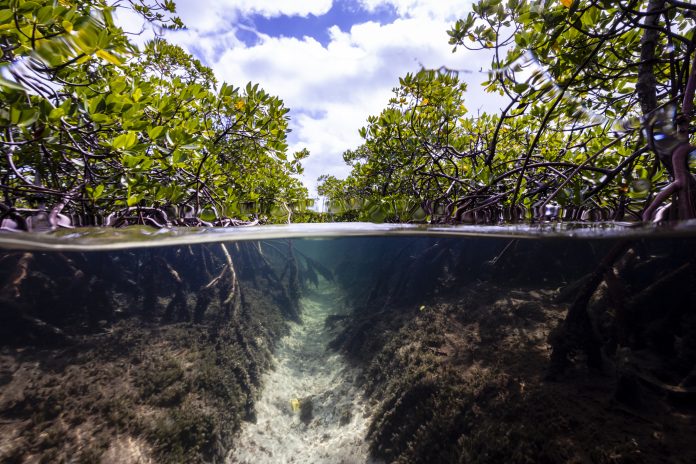As the world struggles to slow global warming, scientists and policymakers are looking to the oceans for help through an approach called mCDR
The ocean already absorbs a significant amount of carbon dioxide, and new technologies aim to enhance this natural ability. These approaches, known as marine carbon dioxide removal (mCDR), could eventually complement efforts to cut emissions.
However, a new expert assessment for the European Union has revealed that the world is not yet ready to scale up these technologies responsibly.
Why carbon removal matters
Despite rapid progress in renewable energy, the world is still far from eliminating all carbon emissions. Specific sectors, such as aviation and shipping, as well as specific industries, will continue to emit carbon dioxide for decades.
To reach net zero by 2050, societies must balance these “residual emissions” by actively removing carbon from the atmosphere.
Achieving the more ambitious goal of limiting warming to 1.5°C requires taking even further action. This means global emissions must not only drop to zero but turn net negative later in the century.
According to scientific scenarios, this means removing 5–10 gigatons of CO₂ per year by 2100. Land-based removals such as tree planting and direct air capture facilities are already advancing, but the ocean offers an additional, enormous reservoir for potential storage.
The risks and promises of marine carbon removals
mCDR approaches fall into two broad categories: biotic and geochemical.
Biotic methods use marine life to capture carbon. Some strategies involve using seaweed or enhancing plankton growth to increase the amount of carbon that sinks into the deep ocean. Others focus on protecting and restoring coastal ecosystems such as mangroves and salt marshes, which naturally store carbon in sediments.
Geochemical methods utilise chemical processes to enhance the ocean’s capacity to absorb carbon. These include raising ocean alkalinity, pumping surface waters downward, or directly extracting CO₂ from seawater in specialised facilities.
Many of these approaches remain experimental. Some have been tested only on a small scale, while others are still in the conceptual stage. The biggest challenge is verifying whether they actually work and how much carbon they remove, where that carbon ends up, and how long it stays isolated from the atmosphere.
Unlike carbon stored underground, carbon stored in the ocean is more challenging to track because water constantly moves and interacts with marine ecosystems.
A need for strong oversight
With interest in mCDR growing, the expert group warns that global standards must be established now to ensure a consistent approach. These technologies will eventually feed into carbon markets and national climate plans, meaning governments and companies will need reliable systems to monitor, report, and verify carbon removal claims.
Strong oversight is also essential for environmental protection. Large-scale interventions in the ocean could disrupt ecosystems in ways scientists do not yet fully understand. Any future deployment must be transparent, scientifically defensible, and backed by clear reporting on ecological risks.
Despite the uncertainties, climate modelling shows that some form of carbon removal will be necessary to meet global temperature goals. Marine approaches may become part of that toolbox, but they are not a quick fix, and they cannot replace the immediate work of cutting emissions.











